Refine search
Actions for selected content:
36807 results in Cambridge Textbooks
Chapter 9 - Children in the midst of family violence
-
-
- Book:
- Working with Families Experiencing Vulnerability
- Published online:
- 03 April 2023
- Print publication:
- 09 May 2023, pp 153-171
-
- Chapter
- Export citation
About the authors
-
- Book:
- Working with Families Experiencing Vulnerability
- Published online:
- 03 April 2023
- Print publication:
- 09 May 2023, pp xix-xxix
-
- Chapter
- Export citation
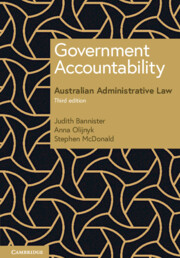
Government Accountability
- Australian Administrative Law
-
- Published online:
- 05 May 2023
- Print publication:
- 08 June 2023
-
- Textbook
- Export citation
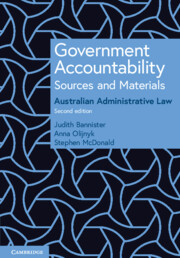
Government Accountability Sources and Materials
-
- Published online:
- 05 May 2023
- Print publication:
- 08 June 2023
-
- Textbook
- Export citation

A Historical Introduction to English Law
- Genesis of the Common Law
-
- Published online:
- 04 May 2023
- Print publication:
- 11 May 2023
-
- Textbook
- Export citation
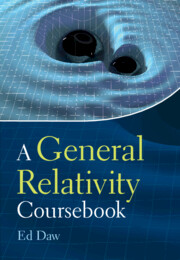
A General Relativity Coursebook
-
- Published online:
- 03 May 2023
- Print publication:
- 06 April 2023
-
- Textbook
- Export citation
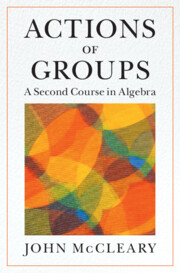
Actions of Groups
- A Second Course in Algebra
-
- Published online:
- 03 May 2023
- Print publication:
- 05 January 2023
-
- Textbook
- Export citation
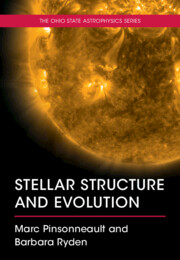
Stellar Structure and Evolution
-
- Published online:
- 02 May 2023
- Print publication:
- 06 April 2023
-
- Textbook
- Export citation
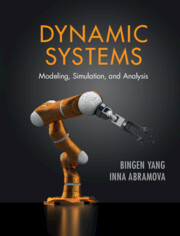
Dynamic Systems
- Modeling, Simulation, and Analysis
-
- Published online:
- 28 April 2023
- Print publication:
- 24 November 2022
-
- Textbook
- Export citation

Introduction to Digital Communications
-
- Published online:
- 24 April 2023
- Print publication:
- 16 March 2023
-
- Textbook
- Export citation
1 - Atmospheric Observations and Models
- from Part I - Background
-
- Book:
- The Atmospheric General Circulation
- Published online:
- 26 May 2023
- Print publication:
- 20 April 2023, pp 3-32
-
- Chapter
- Export citation
1 - Tacit Knowledge (or: Several Things You Didn’t Know You Knew about English)
-
- Book:
- Beginning Syntax
- Published online:
- 23 March 2023
- Print publication:
- 20 April 2023, pp 15-34
-
- Chapter
- Export citation
1 - The Historical Development of the EU
- from Part I - Setting the Scene: Origins, Analytical Perspectives and Institutions
-
- Book:
- The Politics of the European Union
- Published online:
- 30 March 2023
- Print publication:
- 20 April 2023, pp 3-27
-
- Chapter
- Export citation
Fact Files
-
- Book:
- The Politics of the European Union
- Published online:
- 30 March 2023
- Print publication:
- 20 April 2023, pp xvii-xvii
-
- Chapter
- Export citation
6 - Interest Groups and Interest Representation
- from Part II - Key Actors in EU Politics: Citizens, Interest Groups and Political Parties
-
- Book:
- The Politics of the European Union
- Published online:
- 30 March 2023
- Print publication:
- 20 April 2023, pp 119-140
-
- Chapter
- Export citation
3 - The Angular Momentum Balance
- from Part II - Balance Requirements for the General Circulation
-
- Book:
- The Atmospheric General Circulation
- Published online:
- 26 May 2023
- Print publication:
- 20 April 2023, pp 57-71
-
- Chapter
- Export citation
9 - Agenda-Setting
- from Part III - EU Policies: Agenda-Setting, Decision-Making and Implementation
-
- Book:
- The Politics of the European Union
- Published online:
- 30 March 2023
- Print publication:
- 20 April 2023, pp 194-214
-
- Chapter
- Export citation
Tables
-
- Book:
- The Politics of the European Union
- Published online:
- 30 March 2023
- Print publication:
- 20 April 2023, pp xv-xv
-
- Chapter
- Export citation
Introduction: What Linguistics Is About and What Syntax Is About
-
- Book:
- Beginning Syntax
- Published online:
- 23 March 2023
- Print publication:
- 20 April 2023, pp 1-14
-
- Chapter
- Export citation
7 - Dynamics of the Zonal Mean Flow
- from Part III - Dynamics of the Zonal Mean Flow
-
- Book:
- The Atmospheric General Circulation
- Published online:
- 26 May 2023
- Print publication:
- 20 April 2023, pp 121-132
-
- Chapter
- Export citation
